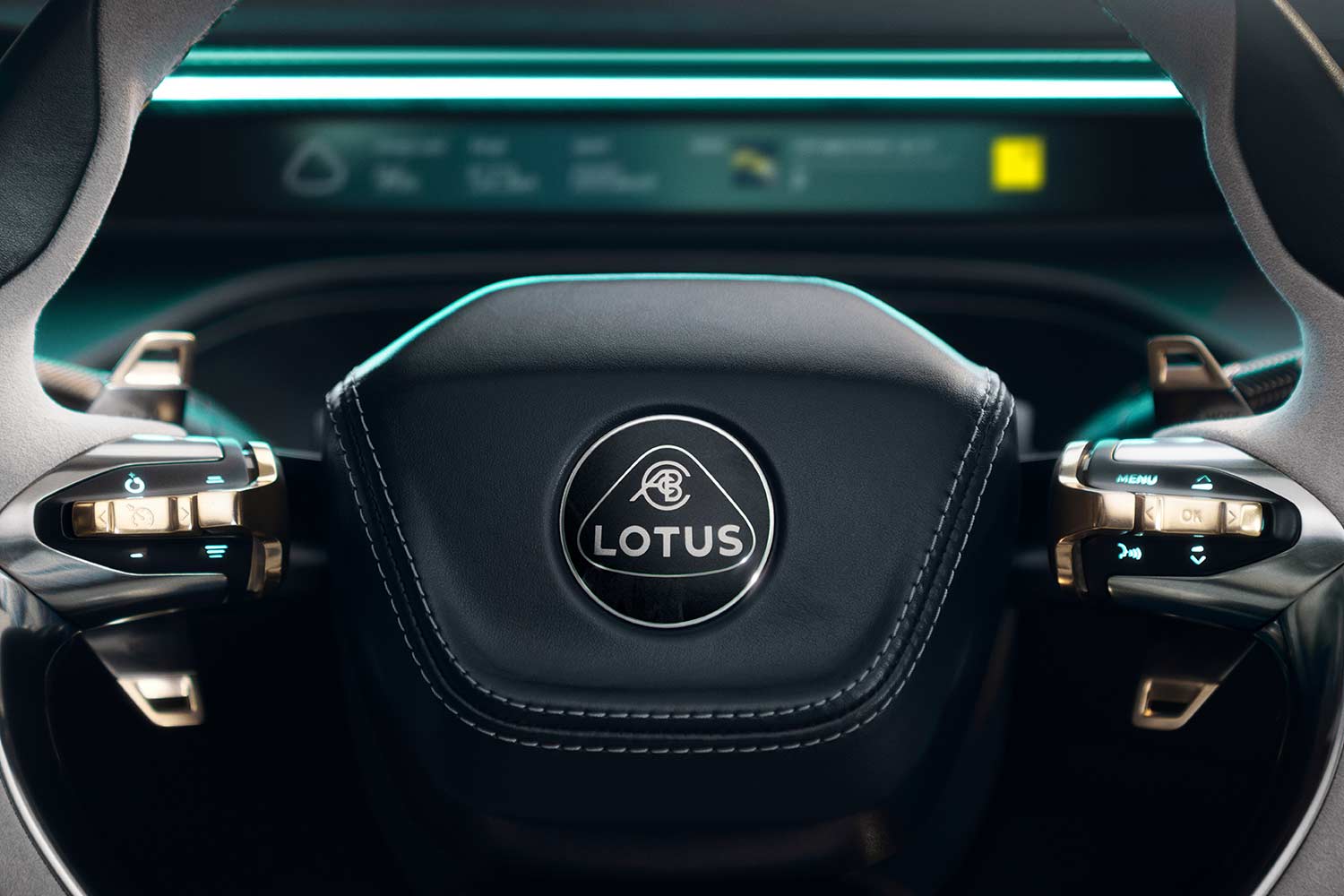The Lotus car logo, a simple yet striking emblem, has become synonymous with performance, lightweight engineering, and British racing heritage. It’s a symbol that has evolved over the years, reflecting the brand’s journey from a small workshop to a global automotive icon. This article delves into the history, design elements, and the deeper meaning behind the Lotus logo, exploring how it encapsulates the essence of the brand.

>>> Great Discounts on Car & Bike Accessories <<<
A Humble Beginning
To understand the Lotus logo, we must first journey back to the company’s roots. Founded by the visionary engineer Colin Chapman, Lotus Cars emerged from a garage in Hornsey, London, in the late 1940s. Chapman’s passion for racing and his innovative approach to car design quickly established Lotus as a force to be reckoned with.
The initial logo was straightforward, reflecting the company’s humble beginnings. It featured the company name, “Lotus Cars,” in a simple typeface, often accompanied by a racing green background, a color traditionally associated with British racing cars. This early logo hinted at the brand’s racing pedigree but lacked the distinctive character that would become its hallmark.
The Iconic Lotus Flower
The iconic Lotus logo, as we know it today, evolved over time. The central element, the stylized lotus flower, was introduced in 1948 to symbolize the company’s growth and transformation. The lotus, a plant that rises from muddy waters to bloom beautifully, resonated with Lotus Cars’ journey from a small garage to a global automotive player.
The logo’s design is characterized by its simplicity and elegance. The yellow lotus flower, often depicted in full bloom, stands out against a green background, creating a visually striking contrast. The combination of yellow and green is not accidental; yellow represents the sun, energy, and optimism, while green signifies speed, passion, and the natural world.
The Hidden Meaning
Beyond its aesthetic appeal, the Lotus logo carries a deeper meaning. The four letters in the center of the flower, “A.C.B.C.,” are the initials of the company’s founder, Anthony Colin Bruce Chapman. This subtle inclusion pays homage to the man who laid the foundation for the Lotus legacy.
The logo’s overall shape is a lozenge, a geometric form often associated with strength and stability. This reinforces the brand’s commitment to engineering excellence and performance.
Evolution and Adaptation
While the core elements of the Lotus logo have remained consistent, the brand has introduced variations to reflect different eras and model lines. For example, some logos have featured a more aggressive or sportier interpretation of the lotus flower, while others have adopted a more minimalist approach.
Despite these changes, the essence of the Lotus logo has remained intact. It continues to be a powerful symbol of the brand’s heritage, innovation, and performance-oriented ethos.
The Lotus logo has undergone subtle yet significant changes over the years, reflecting the brand’s evolution and the changing tastes of the automotive world.

- Early Years (1948-1960s): As mentioned, the initial Lotus logo was simple, featuring the company name in a straightforward typeface with a green background. In 1948, the iconic lotus flower emblem was introduced.
- Refined Elegance (1960s-1980s): Over the following decades, the Lotus logo went through a refinement process. The colors were tweaked, and metallic accents were added to create a more modern and sophisticated look. The overall shape and design of the lotus flower remained consistent, but the lines became more streamlined and stylized.
- Modern Interpretations (1980s-Present): In recent years, Lotus has experimented with different interpretations of the logo, particularly for specific models or marketing campaigns. These variations have aimed to appeal to a younger audience while maintaining the core elements of the iconic design. For instance, the logo might appear in monochrome or with a slightly different color palette.
- 2019 Update: The most significant update to the Lotus logo occurred in 2019. The new logo features a brighter color palette, a more minimalist design, and a focus on the lotus flower as the central element. The circular badge and thin silver outline of previous versions were removed, giving the logo a cleaner and more contemporary look.
The Lotus Logo: A Marketing Masterstroke
The Lotus car logo has been instrumental in shaping the brand’s identity and marketing strategy. Its simple yet powerful design has resonated with car enthusiasts worldwide, conveying a sense of speed, performance, and exclusivity.
- Brand Recognition: The logo’s distinctive appearance has contributed significantly to Lotus’s brand recognition. It is instantly recognizable, even to those unfamiliar with the brand’s history.
- Aspirational Image: The Lotus logo projects an image of luxury, performance, and sophistication. This aligns with the brand’s target market and reinforces its positioning as a premium automotive manufacturer.
- Emotional Connection: The logo’s association with the lotus flower, a symbol of purity and rebirth, evokes positive emotions and creates a strong emotional connection with consumers.
- Versatility: The Lotus logo is versatile enough to be adapted to different marketing channels and platforms. It can be scaled down for digital use or enlarged for print materials without losing its impact.
- Global Appeal: The logo’s clean lines and minimalist design have broad appeal, transcending cultural boundaries and resonating with audiences worldwide.

The Lotus car logo is more than just a visual identity; it is a testament to the brand’s history, values, and aspirations. It is a symbol that resonates with car enthusiasts worldwide, evoking images of speed, agility, and engineering brilliance. As Lotus Cars continues to evolve, it is essential that the logo remains true to its roots while adapting to the changing landscape of the automotive industry.




































